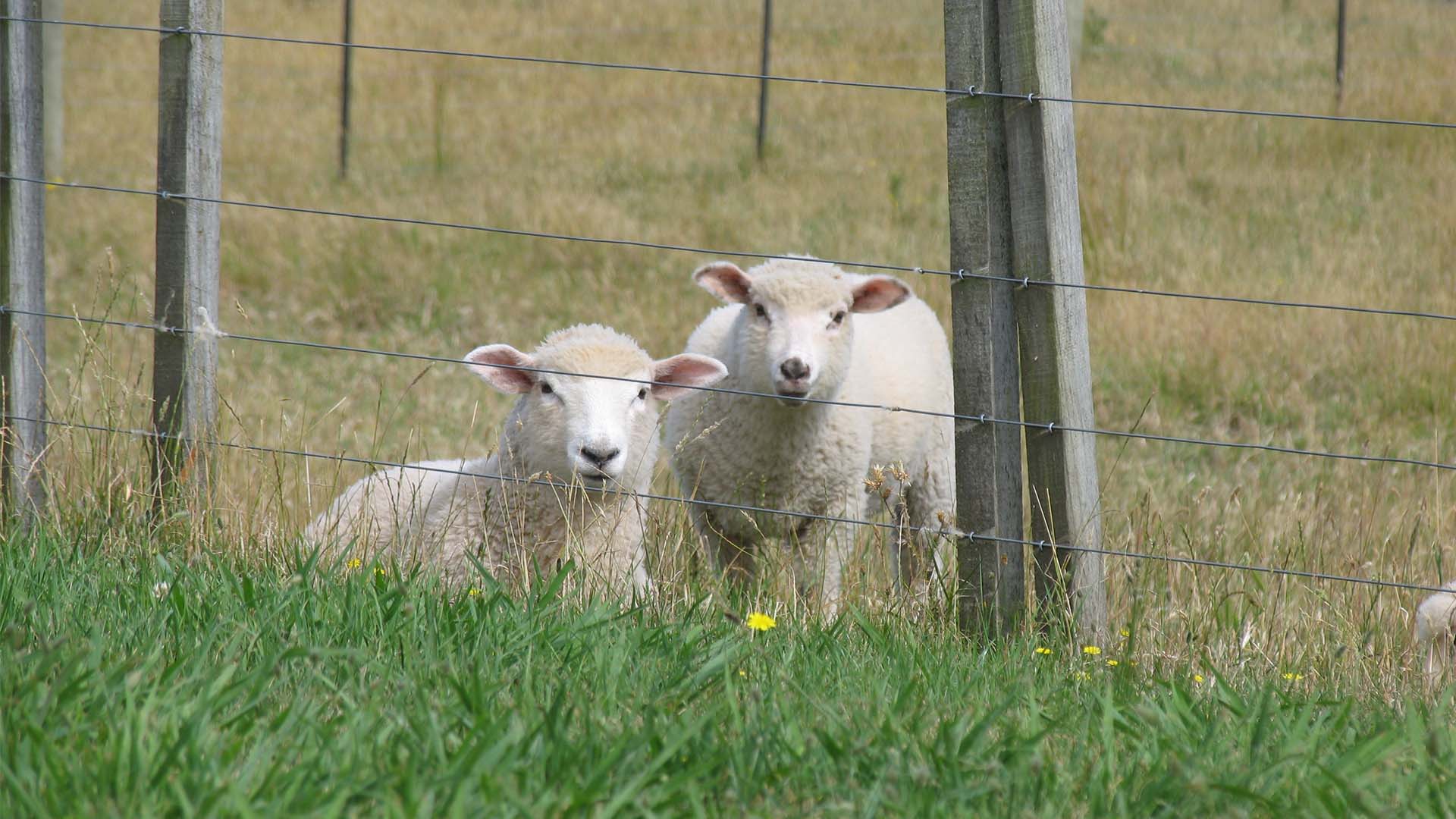
As Thanksgiving Day approaches, it is a great time to discuss how that delicious bird makes its way from the farm to your table. Sometimes we feel like turkeys are forgotten when chickens are just so popular among households and homesteads. But, let’s focus on turkeys since its that time of year, and learn more about turkey farming.
- Minnesota is the top turkey producing state in America. On average recently they have been known to raise about 49 million turkeys.
- There are over 100 million turkeys that live on farms across the U.S
- Turkey farming is very humane. Turkeys are provided shelter that protects them from inclement weather, predators, and disease.
- Turkey farms provide clean, fresh water at all times. Turkeys are fed nutritious feed, which usually consists of corn and soybean meal mixed with vitamins and supplements.
- It takes approximately 84 pounds of feed to produce a 30 lb turkey.
- Turkey farmers have become very efficient. In the 1930’s a turkey farmer used 105 lb of feed to raise a 21 lb turkey, today a farmer can raise a 45 lb turkey on the same amount of feed.
- Like humans, turkeys get sick. When they are sick, farmers treat them with USDA and FDA approved antibiotics. Turkeys are not allowed to be processed until these medicines no longer remain in the meat.
- Turkey farmers are federally banned from using growth hormones or steroids to make turkeys grow faster.
- Young turkeys are called “poults.” Most poultry you buy at the supermarket is classified as “young turkey,” because they are only a few months old when they are processed.
- The Broad Breasted White turkey breed is the most popular type of turkey commercially produced today. This breed features a large breast muscle, which satisfies consumer demand for turkey breast meat. There are 5 other common wild turkey species found in North America.
- The average American, consumes approximately 16 lb of turkey each year.
THANKSGIVING TURKEYS
When it comes to Thanksgiving, there are a few different things to consider when buying a turkey from the store. You will see there is a selection:
- Natural: (no artificial ingredients, no added color, and minimally processed)
- Organic: (organic diet, surroundings that are pesticide and herbicide free and no antibiotics)
- Free-Range: (Free roaming poultry, and per USDA: "Producers must demonstrate to the Agency that the poultry has been allowed access to the outside."
- None of the above: (generic, store-bought turkey by the hundreds for the big day)
A great way to ensure you are getting exactly what you want is by talking with a local butcher or farmers market. They can steer you in the right direction for Turkey Day. Turkey farmers and processing companies are committed to providing a safe and wholesome product to consumers. Will a turkey be gracing your table this Thanksgiving?
Don’t forget to visit Zareba® on Facebook. We are happy to help with any questions you have about our products and feel free to ask for tips! For more ideas for your farm and help with your Zareba® equipment, subscribe to our E-Newsletter. In addition, if you want to learn more about farming topics, check out our learning center!



